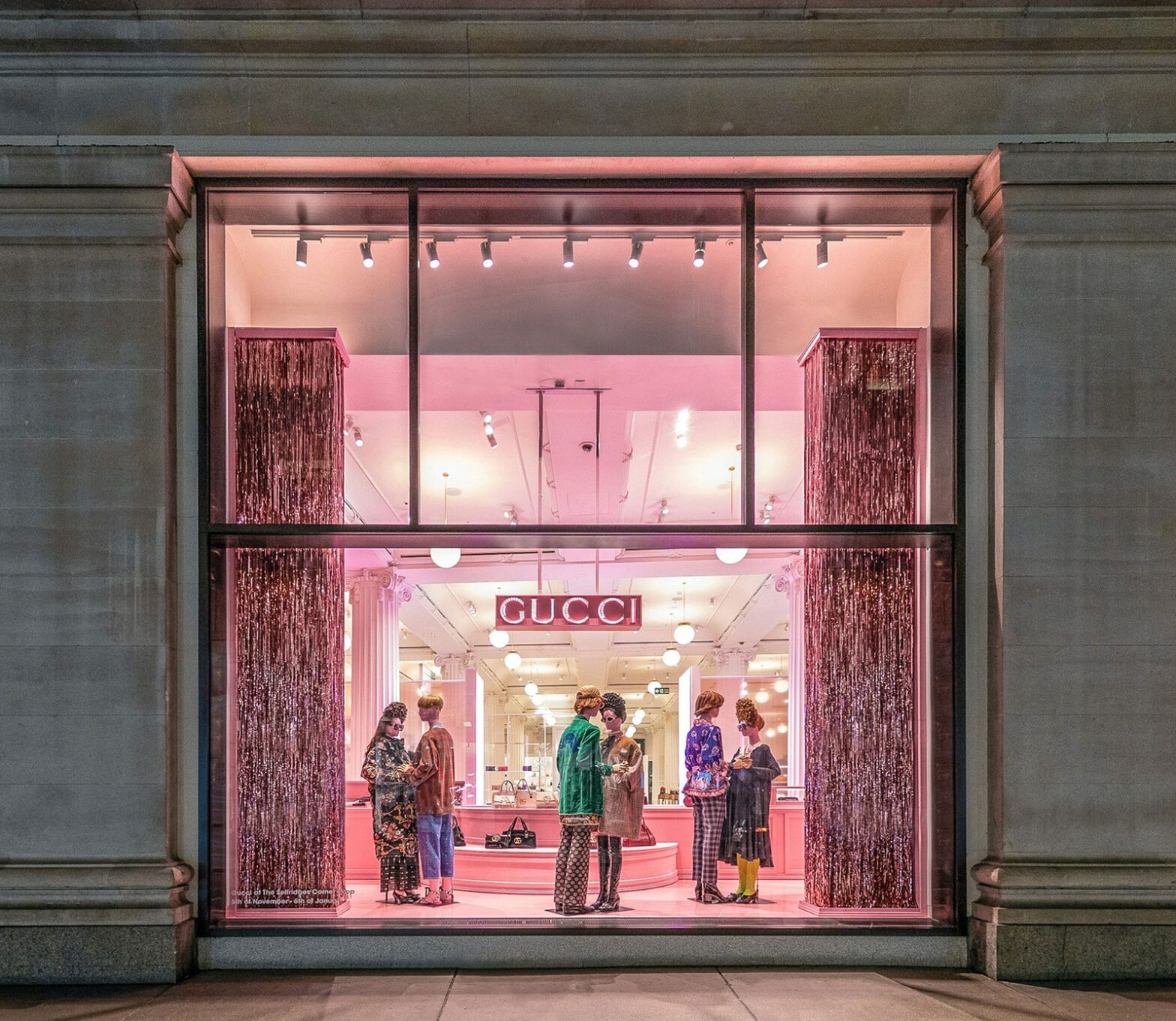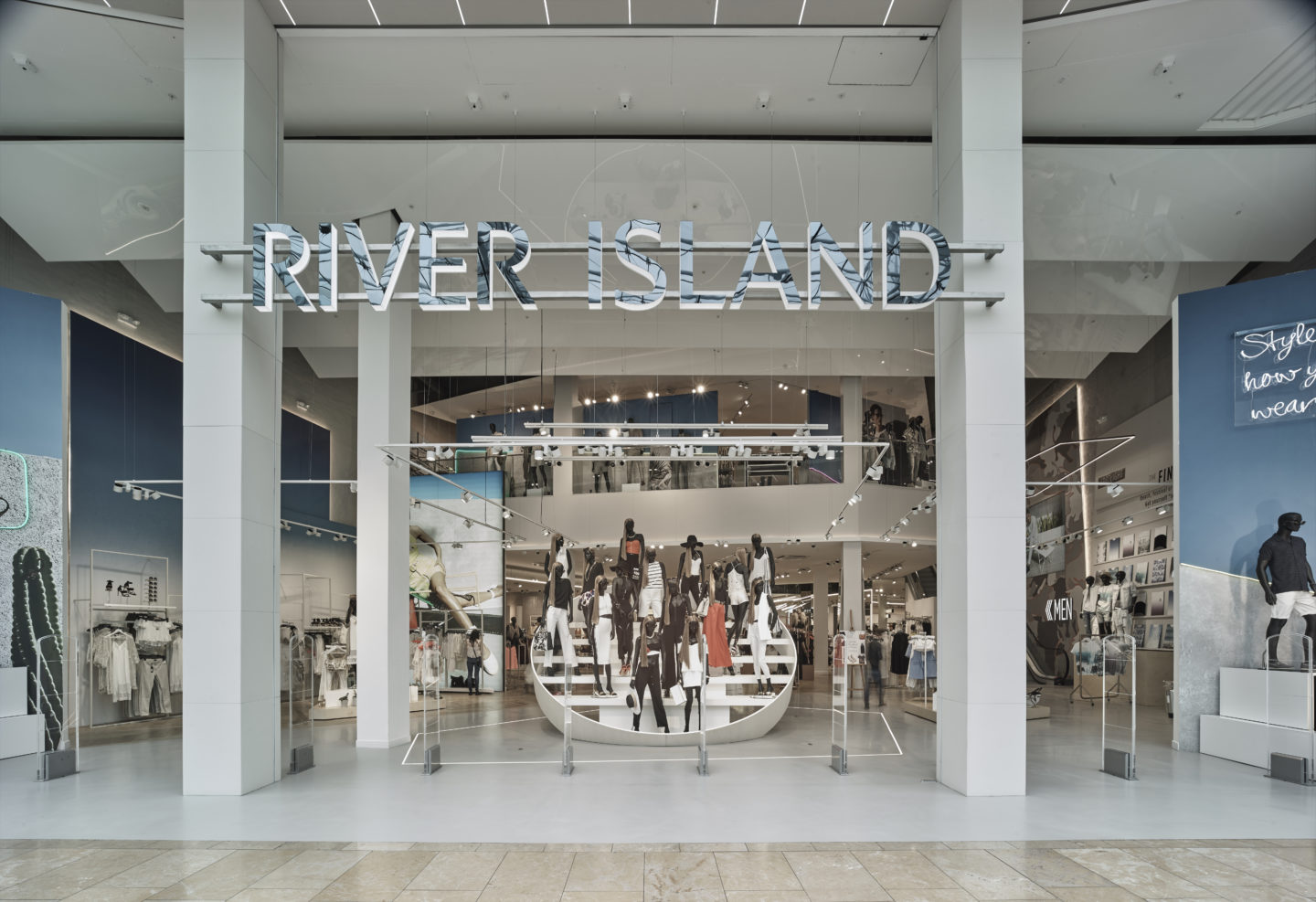
The Importance of Store Window Displays
Window displays are one of the most important parts of any retail space. They are the first touchpoint between a brand and its target market and are responsible for tempting potential customers into a store to explore its products, services and exclusive experiences.
Of all the elements that come together to form an overall visual merchandising strategy, window displays often have the biggest impact on footfall which, of course, is a prerequisite for generating sales.
Windows,
Journal of Retailing and Consumer Services Vol. 9
like other sales promotions, can also directly induce
consumers into the store to make specific purchases.
Window displays can often make or break a person’s perception of a brand, Eye-catching, visually exciting window displays can entice people to explore inside a retail space whilst dull, uninspiring displays can lead them to keep walking and ignore the store altogether.
Retailers need to design effective window displays in order to drive traffic into their stores. It’s a unique form of advertising which defines a store and gives the consumer an idea of what the brand is all about.
Window displays are also an excellent way of increasing brand awareness more widely by sparking conversations between shoppers and attracting attention from media outlets, bloggers and online influencers.
Research published in the Journal of Retailing and Customer Services highlighted how the information communicated by a store’s window display has a direct, prominent impact on the decisions and shopping behaviours of consumers and revealed how product-focused displays are the most effective when it comes to generating sales.
But, what different types of window displays are there? And which ones should retailers choose when working to bring people into their stores? Below is an overview of the types and styles of window displays with details on the applications to which they are best suited.
Main Types of Window Displays
As we have mentioned, there are many different types of window displays. Each brand will have different goals, approaches and resources, all of which will be reflected in the style of display they use. The most appropriate one for a particular brand will depend entirely on the following factors:
- Target market
- Store location
- Window size
- Products being displayed
- Brand identity
The main types of window displays used by retailers are:
- Closed window displays
- Semi-closed window displays
- Open window displays
- Elevated window displays
- Corner window displays
- Island window displays
- Shadow box window displays
- Open Window Display
Let’s look at each of these in a bit more depth.
Open Window Displays
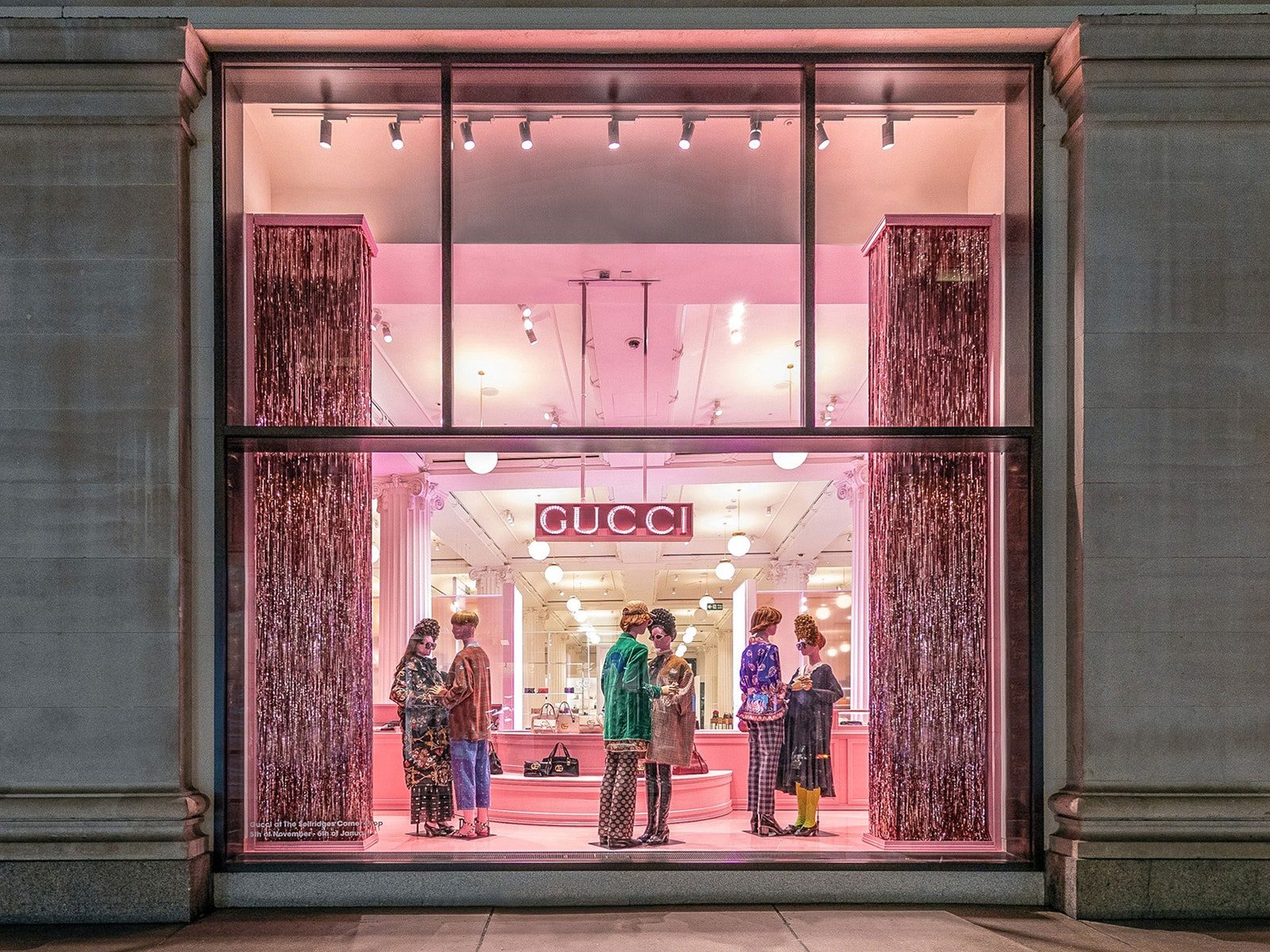
Open window displays have no walls or panels behind the mannequins or merchandise to allow passers-by to see through the display itself and into the main store area beyond.
Open windows are an excellent choice for retailers that are keen to showcase other product displays within the store or for brands that provide exciting in-store experiences. By enabling shoppers to get glimpses of what’s on offer inside, open window displays can prove to be an ultra-effective way of tempting people through the doors.
Closed Window Displays
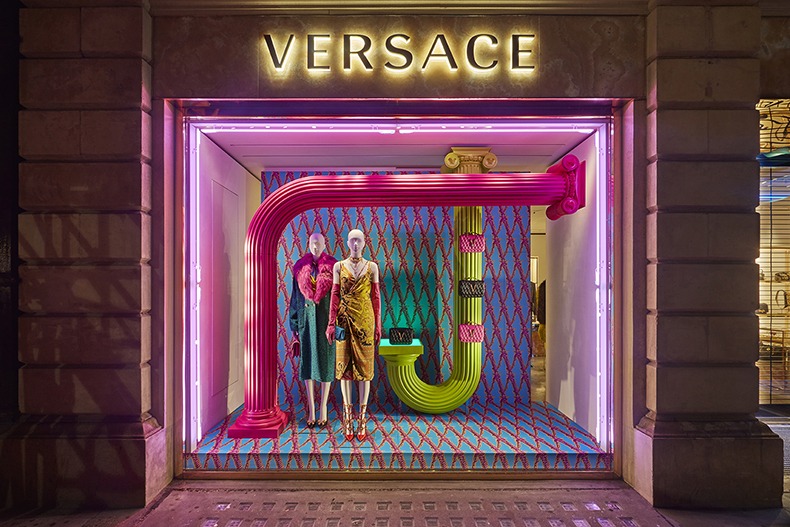
Closed window displays have a wall or divider directly behind the products to separate the window display from the rest of the store.
By creating a barrier between the window area and the shopfloor, closed window displays draw all of the customer’s attention directly to the products on display.
Closed window displays also provide visual merchandisers with the option of installing additional shelving systems or wall-mounted signage to extend the functionality and visibility of the overall display.
Versace used engaging, eye-catching visuals in its closed window display. It incorporates a palette of rich, vibrant colours to communicate the brand’s luxury identity and ensure that as much attention as possible is drawn to the clothing items on display.
Island Window Displays

Island window displays are floating podiums, plinths and shelving configurations that are set within large open storefronts.
They are usually found in large department and flagship stores that have a lot of floor space to fill as they enable visual merchandisers to add a sense of depth into open-plan retail spaces whilst drawing attention to the latest products or promotions.
Island window displays are unique in that they can be viewed from 360 degrees, meaning product ranges can be appreciated from all angles as customers move through a store.
River Island launched its new flagship with a central island window display that was tiered to elevate each mannequin above the next. Flanked either side by a full-height window display, the island display captures attention because of the clean design which is contrasted excellently with the wide range of products and colours in the background.
Semi-closed Window Displays
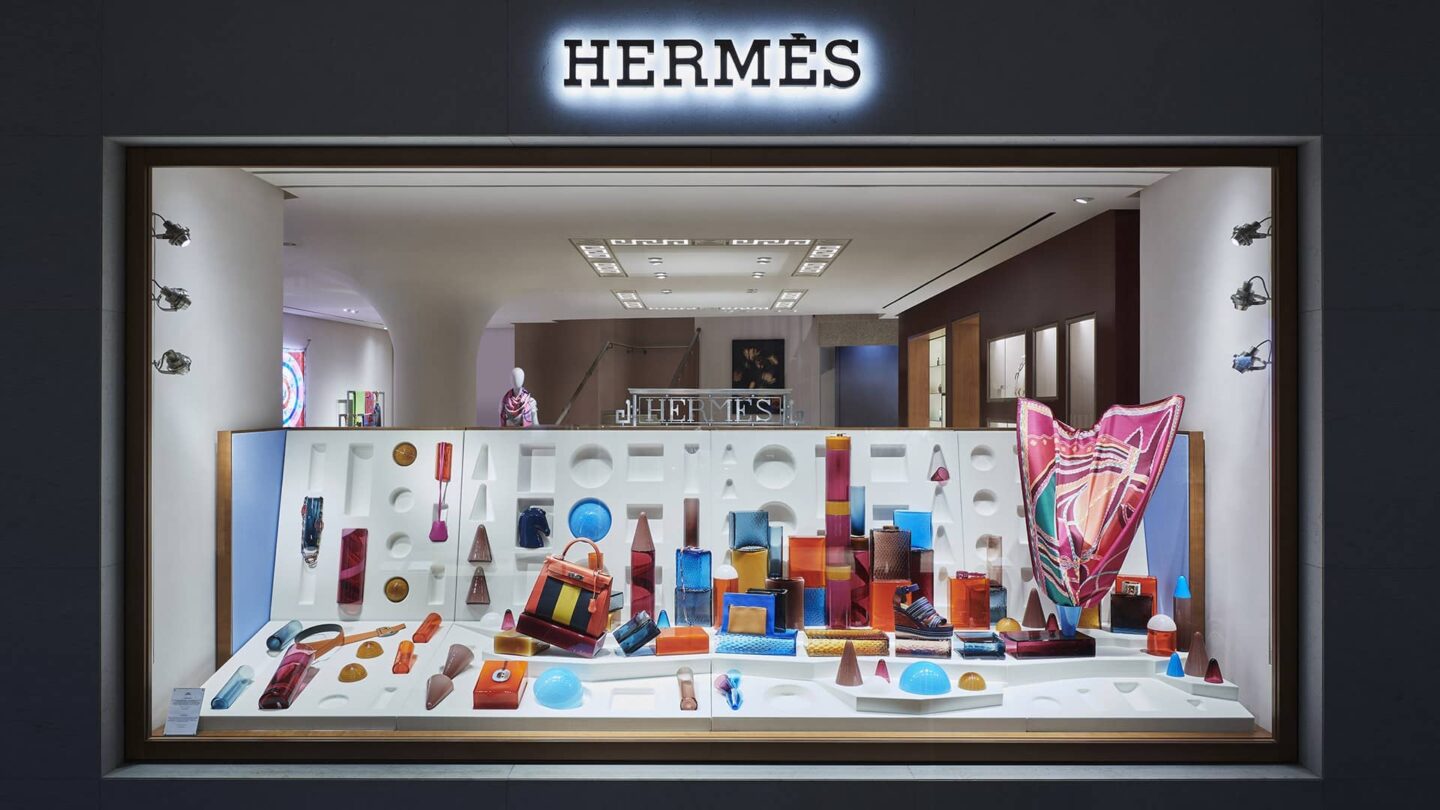
Semi-closed windows mix the structure that closed window displays provide and the inviting feel that open windows create together in one.
They usually use a half-height screen or graphic wall that conceals the majority of the shop floor from view whilst still allowing passers-by to peek into the store.
Semi-closed window displays are an effective way in which visual merchandisers can draw attention directly to a particular selection of products without completely hiding their entire range of products, services and in-store experiences.
Corner Window Displays
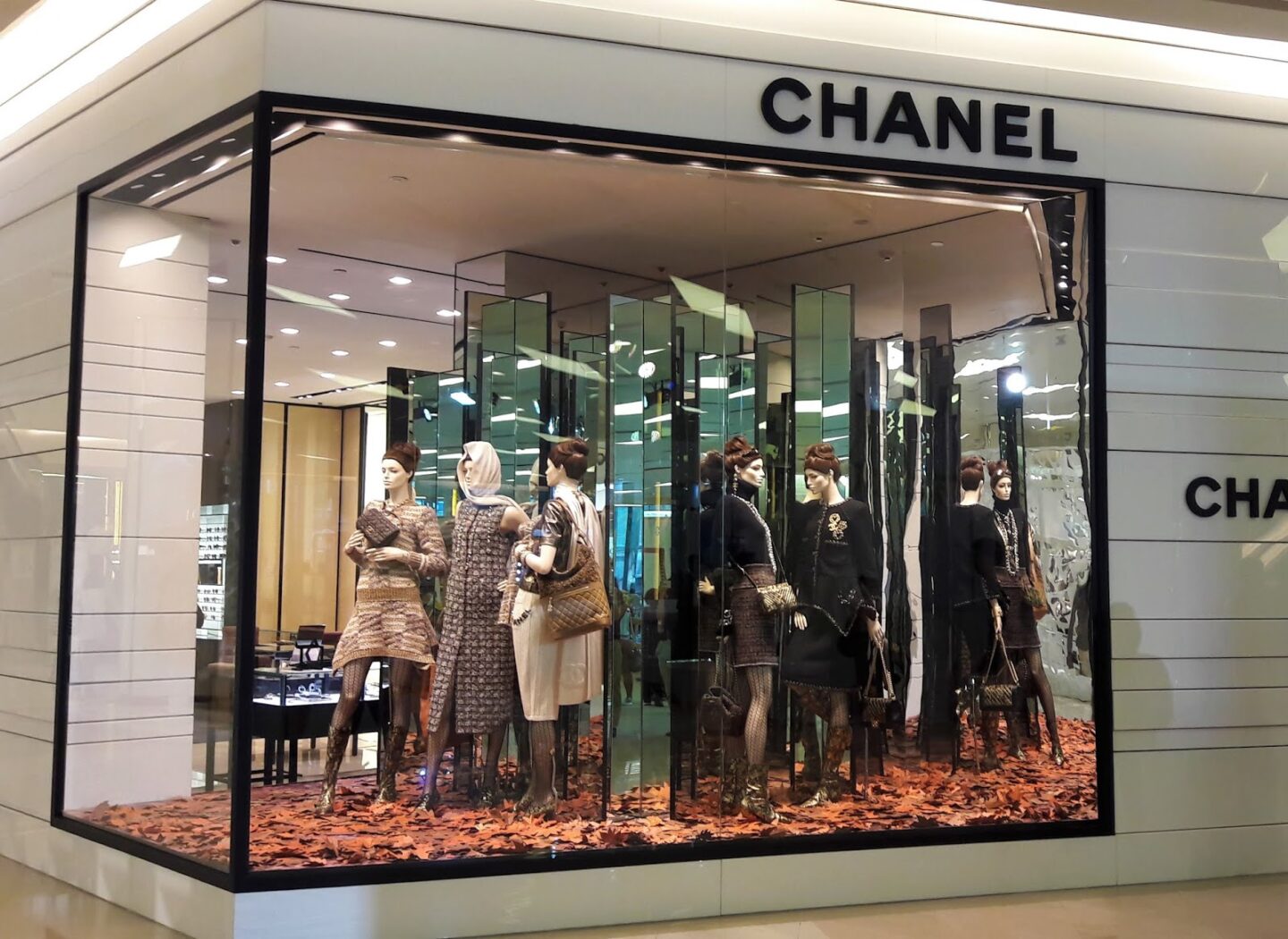
Corner window displays sit on the corner of buildings or storefronts where two exterior walls meet at a right angle.
They maximise the visibility of product displays by being seen by shoppers approaching from two different directions.
Traditionally, the corners of a store have been seen as a tricky area to merchandise but, by when executed properly, retailers can create continuity in awareness as people walk around the outside of the store and enable them to view products from a number of angles.
Elevated Window Displays
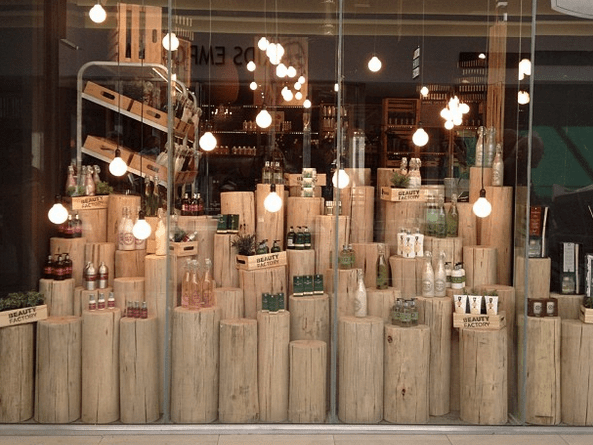
Elevated window displays use podiums, plinths and tables to create display areas that are raised above floor level.
They are commonly used in jewellery and cosmetics stores, particularly when visual merchandisers are seeking to draw attention to specific higher-value items.
Elevated window displays are used to raise featured products enough to catch the eye of passers-by and are usually combined with graphic displays or accent lighting to boost awareness even further.
Particularly useful for smaller items, elevated window displays ensure products are in the ‘sweet spot’ of a shoppers line of sight.
Shadowbox Window Displays
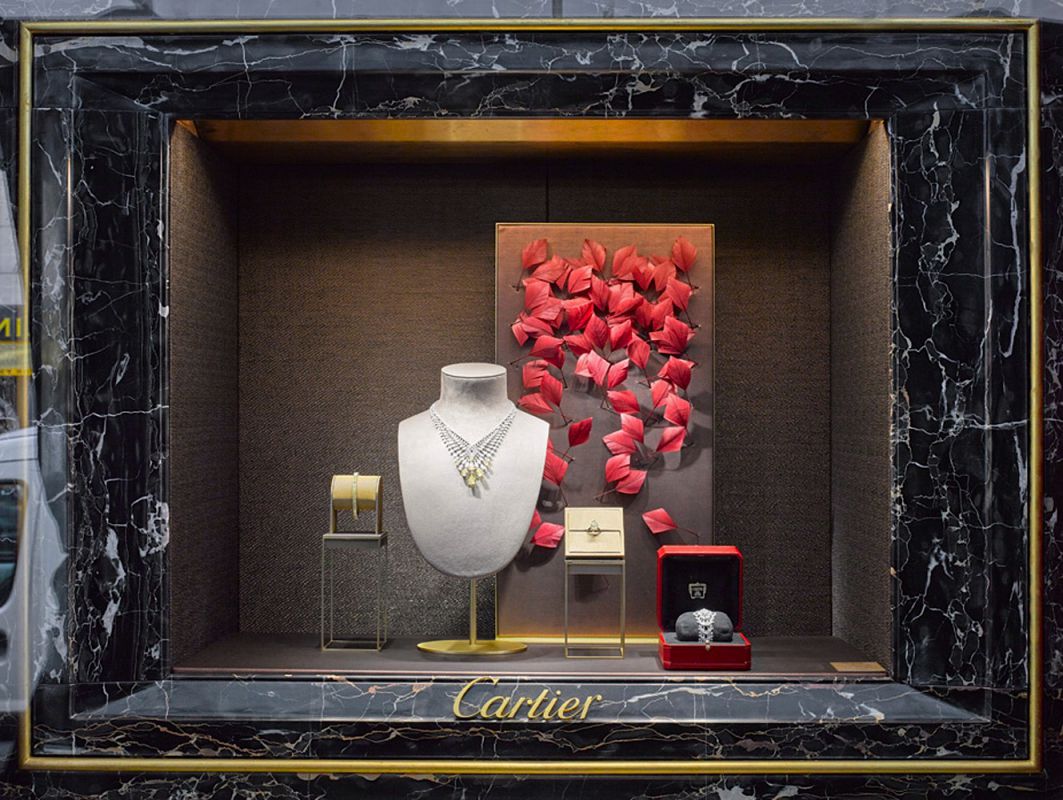
Shadowbox window displays feature heavily in the windows of stores that specialise in smaller items such as jewellery and accessories
They draw the attention of the consumer to the delicate products which would often be lost in a large-scale window display.
Cartier’s shadow box displays feature jewellery collections set against a minimalist, atmospheric black backdrop to create a sense of drama and draw attention to the products on display.
Conclusions
Window displays are one of the most important aspects of retail design and visual merchandising strategies. They are proven to capture the attention of shoppers and entice them into a store in order to explore the products and services within before making a purchase. With proper planning and innovative designs, window displays can effectively boost brand awareness and footfall.
At Unibox, we’re experts in creating window displays that deliver. We combine engineering capabilities, LED lighting technologies and industry insights to provide a wide range of standard, customised and bespoke solutions that are optimised to perform according to client-specific goals.
To learn more about our range of retail display solutions, contact our team here.

